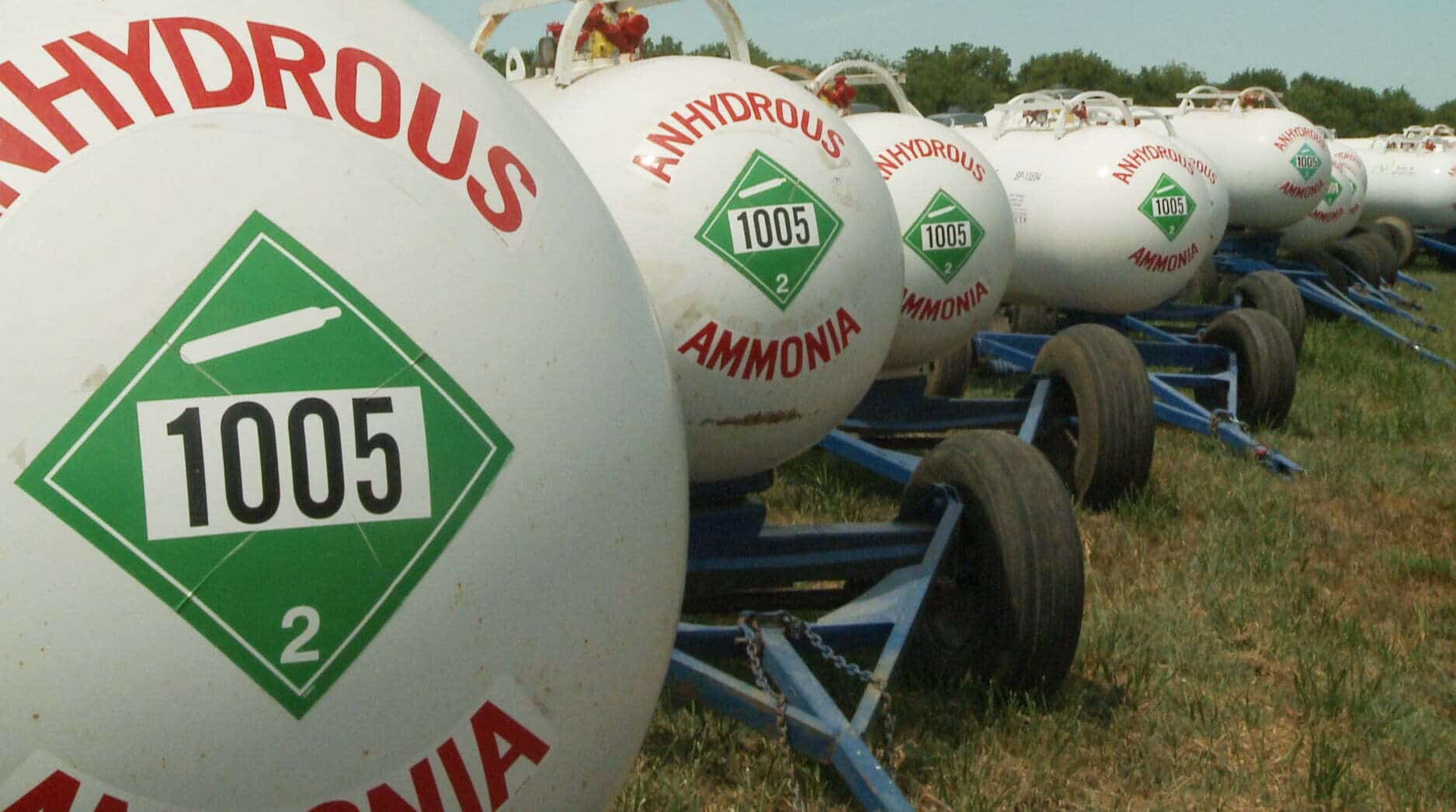
Fertilizers, such as anhydrous ammonia, are important for corn farmers to provide nitrogen to crops to promote plant growth.
Nebraska Corn Board (NCB) and Nebraska Corn Growers Association (NeCGA) – collectively known as “Nebraska Corn” – are crying foul after researchers at Texas A&M University released an economic analysis suggesting pending tariffs on nitrogen fertilizers will create shortages resulting in increased prices for farmers. Nebraska corn farmers have been concerned for several months as fertilizer prices have risen more than 80% for the upcoming growing season compared to 2021. The Texas A&M report validates farmers’ fears that fertilizer companies are artificially manipulating prices to the detriment of U.S. agriculture.
“As part of this study, we conducted an historical analysis going back to 1980 and found that fertilizer costs tend to go up when corn revenues increase,” said Dr. Joe Outlaw, lead researcher of the study. “Notably, these prices tend to go up exponentially even after accounting for natural gas prices and higher demand.”
The study noted the price of anhydrous ammonia, one type of nitrogen fertilizer, increased by $688 per ton – $86,000 for a 1,000-acre farm – from the end of 2020 through the end of October 2021.
The economic analysis has farmers worried about a petition by CF Industries with U.S. International Trade Commission to impose tariffs on nitrogen fertilizers imported from Trinidad and Tobago and Russia. CF Industries is one of the country’s leading nitrogen producers. Despite a widespread condemnation from ag groups, the U.S. Department of Commerce released a preliminary finding recommending tariffs.
“Costs of fertilizers are sky high and will continue to climb with the addition of the proposed tariffs,” said Andy Jobman, president of NeCGA and farmer from Gothenburg. “Nebraska’s farmers have been experiencing financial difficulties for the past several years due to low prices. High input prices are going to cause great financial harm to many operations after we finally thought we caught a break. High nitrogen prices are eliminating profitability for family farms.”
“I think the solution is simple,” said Jay Reiners, chairman of NCB and farmer from Juniata. “Fertilizer companies need to remove us from their trade spats, while maintaining a reliable and affordable supply of their products in the market. Only then can our farmers have a chance at success as we approach the 2022 growing season.”
The Texas A&M economic analysis was conducted by 21 state corn organizations including: Nebraska, Texas, Missouri, Colorado, Georgia, Illinois, Indiana, Iowa, Kansas, Kentucky, Maryland, Michigan, Minnesota, New York, North Carolina, North Dakota, Ohio, South Carolina, South Dakota, Tennessee and Wisconsin.
Related Articles
Seven College Students to Begin Summer Internships Sponsored by the Nebraska Corn Board
As the school year comes to a close, seven talented undergraduate students are gearing up for immersive internship experiences sponsored by the Nebraska Corn Board (NCB). These internships, designed to provide hands-on professional experience, [...]

